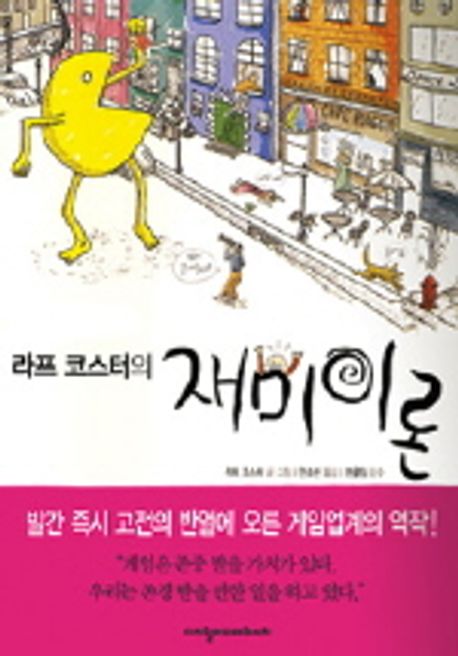
It seemed so exciting to look into the world of game design, and theory of fun at first. It was quite a burden, however, to continue reading it without understanding and capturing the grand pictures of what the author tried to deliver. The author, Raph Koster is one of the most active game designers while the reader, Greg is one of the worst game players. The actual problem did not lie in the ignorance of games but also in lack of extended knowledge to grasp the ideas provided by Raph, the one with vast knowledges ever in the field of game development, cognitive science, social psychology, musical composing, even art. He started his writing with a question, "Why a game has full of fun while the other is just dull?" The introduction of way of how human brain works follows to pave the way for his remaining chapters. He regarded the game as a kind of learning. Therefore it was important to adjust the level of difficulty in a game in order to provide player an adaquate level of learning, problem solving, pattern recognizing, or exploring experiences.
His comparison between games, music, and other performing arts were also insightful, if you have keen interest in human principles of high ordered human behaviours. He closes his book speaking in defense of the importance of game designer against the prejudice of old generations.
I must confess that the book is not a well-organized textbook nor a collection of fact-based theories but it seems to be a combination of various psychological findings and his full-fueled insight. It is not easy to keep the previous things or current topics in your memory to get a little bit better understanding and sense of fun in reading current pages. Sometimes I was confused and lost my ways in his footloose brainteaser. It is a book about fun for game design but is not a comic book easily covered in the crowded subway train.